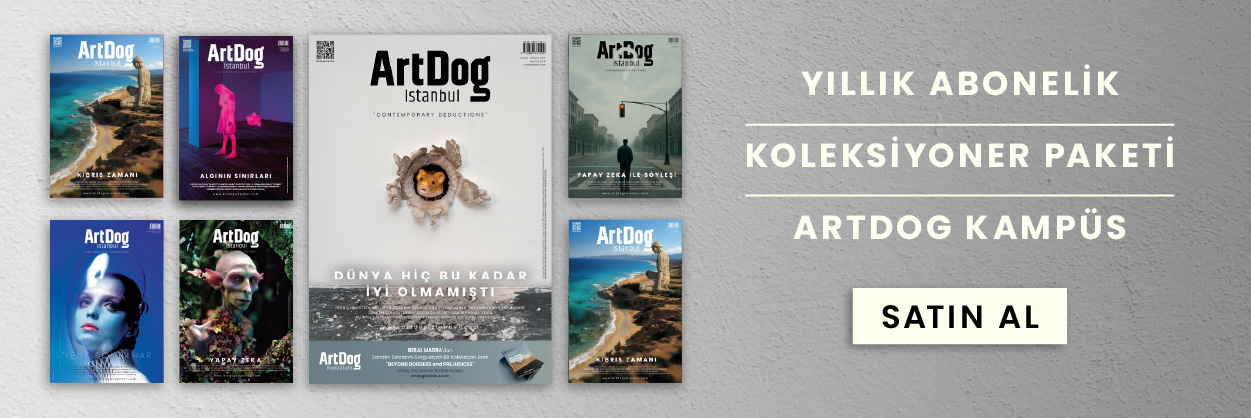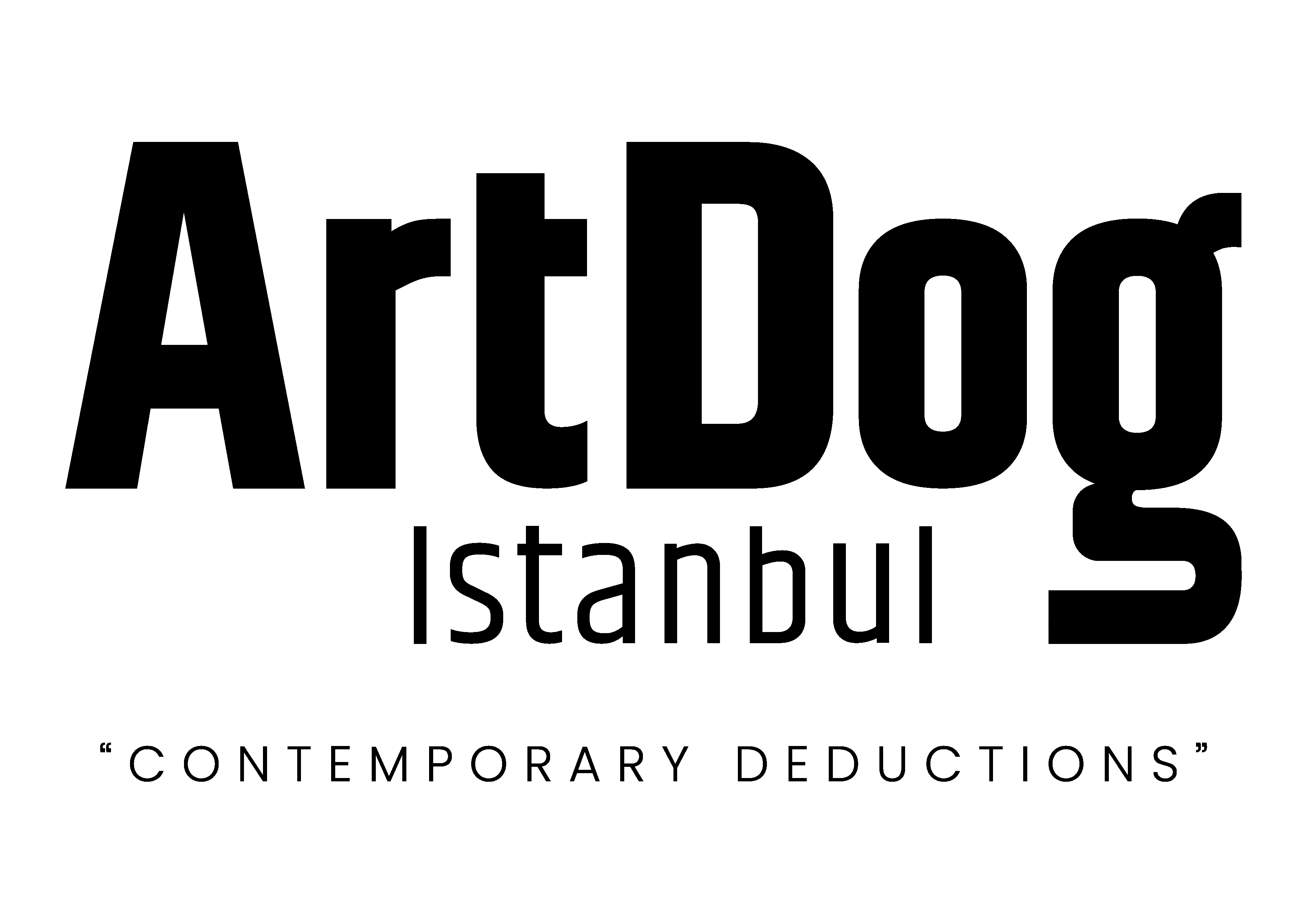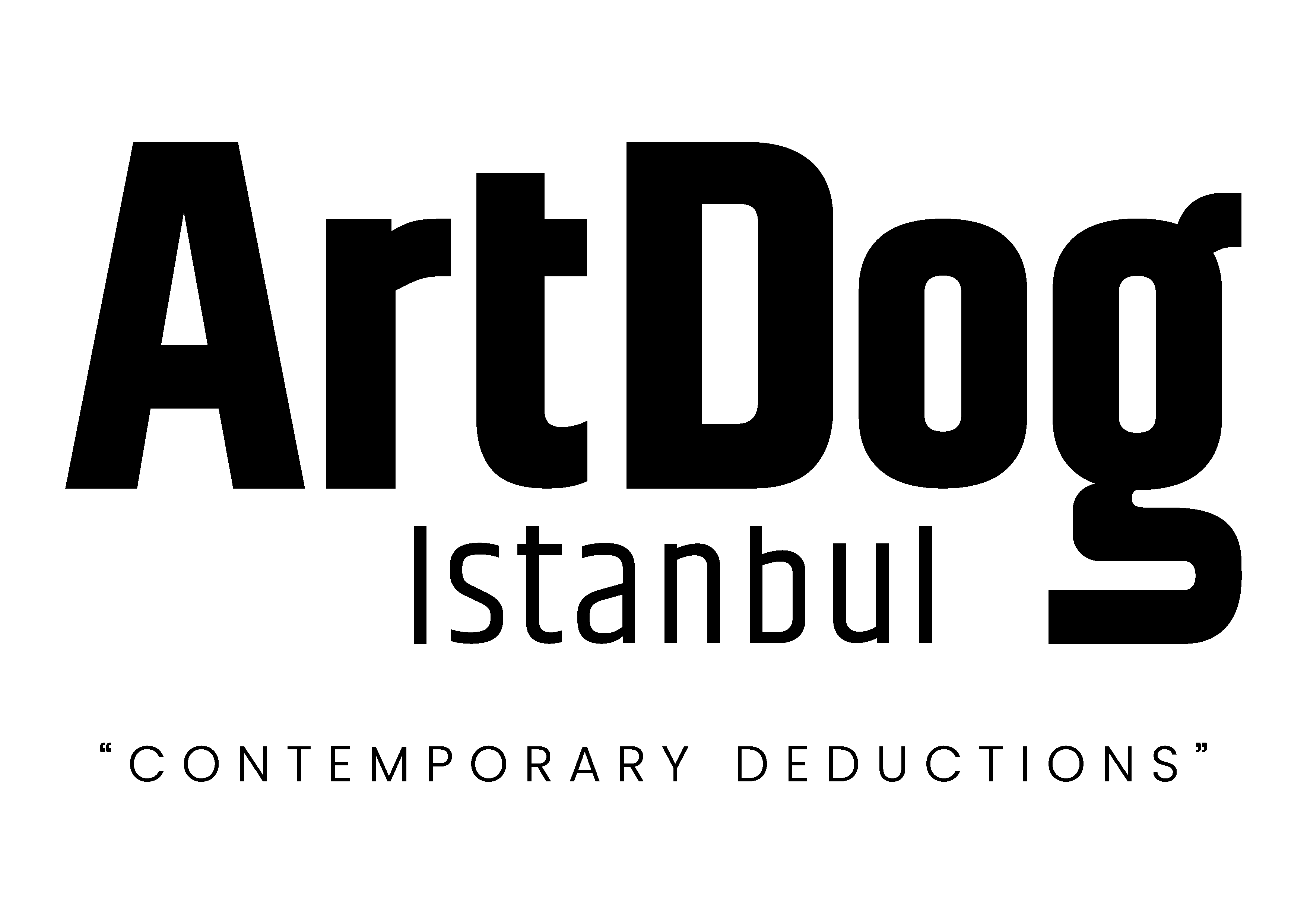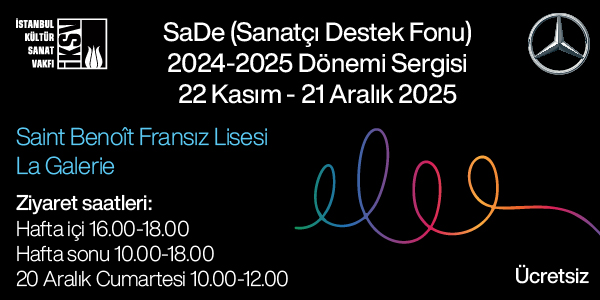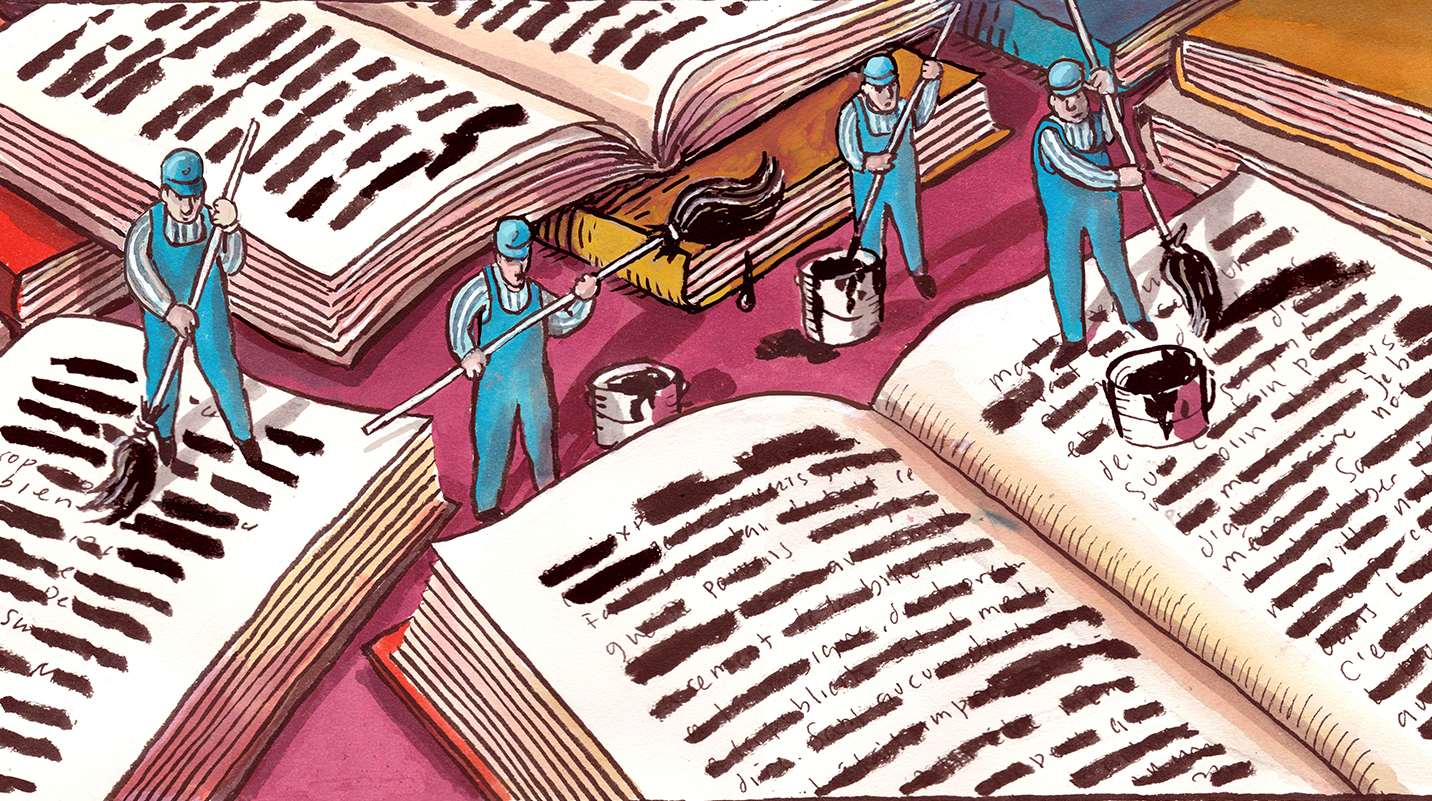50 Artists, 50 Studios, published by Galeri Selvin, is a special publication that visits the studios of 50 significant figures of contemporary Turkish art. We spoke with Selvin Gafuroğlu about the creation of the book.
In one of the historic neighborhoods of Istanbul along the Bosphorus, Arnavutköy, Galeri Selvin quietly celebrated its 40th anniversary this year. Undoubtedly, these forty years represent a significant period for Turkish contemporary art, which has struggled to exist under the shadow of economic, political, and social fluctuations. Although today Galeri Selvin is fully integrated with the city of Istanbul, it was founded in 1985 by Selvin Gafuroğlu on Bestekar Street in Ankara. Later, in 2006, it moved to Arnavutköy, Istanbul. “I was born and raised in Ankara, but I always felt close to Istanbul,” she summarizes the story of this relocation. Her love and attachment to Istanbul also inspired the creation of 50 Artists, 50 Studios.
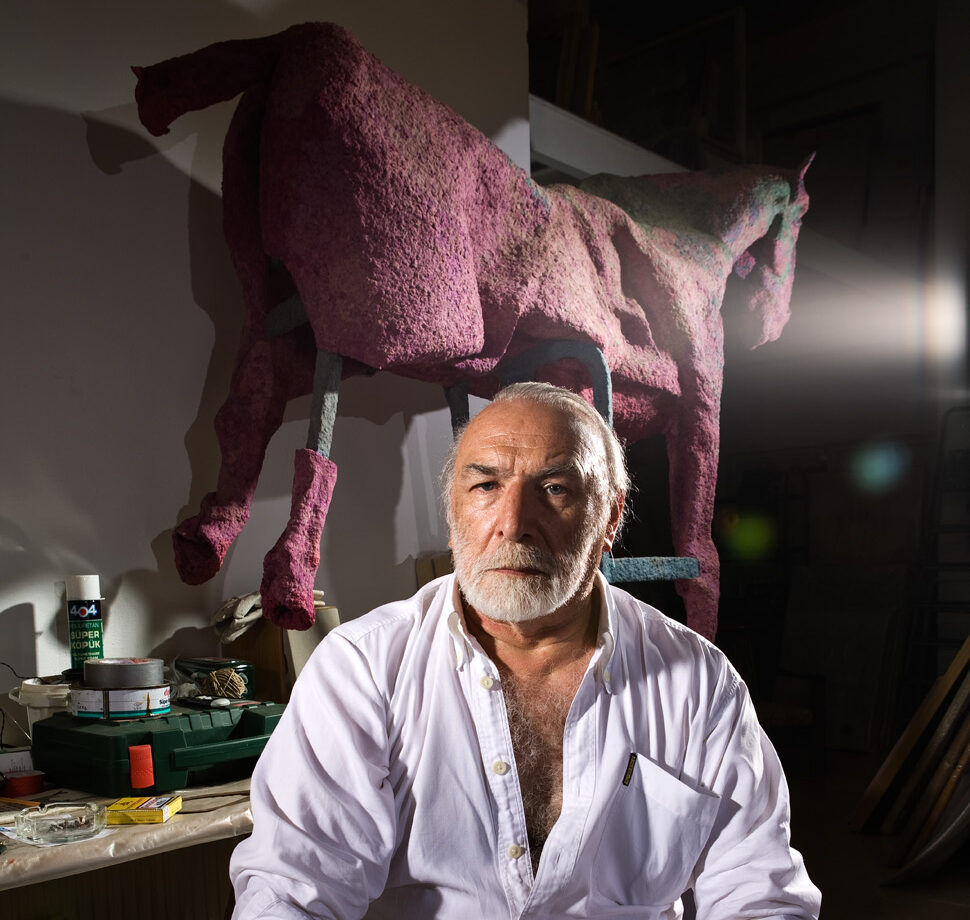
Who is not in this book… Naile Akıncı, Mehmet Pesen, Adnan Çoker, Özdemir Altan, Devrim Erbil, Mehmet Güleryüz, Muhsin Kut, Mehmet Aksoy, Tomur Atagök, Neşe Erdok, Mustafa Pilevneli, S. Saim Tekcan, Nur Koçak, Seyyit Bozdoğan, Alaettin Aksoy, Ali İsmail Türemen, Ergin İnan, Halil Akdeniz, Koray Ariş, Can Göknil, Berna Türemen, Mustafa Altıntaş, Hüsamettin Koçan, Hanefi Yeter, Ekrem Kahraman, Bihrat Mavitan, Resul Aytemür, Yusuf Taktak, Şahin Paksoy, Nedret Sekban, Gürbüz Doğan Ekşioğlu, Murat Morova, Yunus Tonkuş, Nejdet Vergili, Rahmi Aksungur, Kezban Arca Batıbeki, Serpil Yeter, Bedri Baykam, Alev Ermiş Mavitan, Maria Kılıçlıoğlu, İrfan Önürmen, Temür Köran, Feridun Oral, Akın Yıldırım, Zerrin Tekindor, Mehmet Uygun, Mustafa Horasan, Filiz Öztürk Doğan, Serdar Tekebaşoğlu, and Malik Bulut.
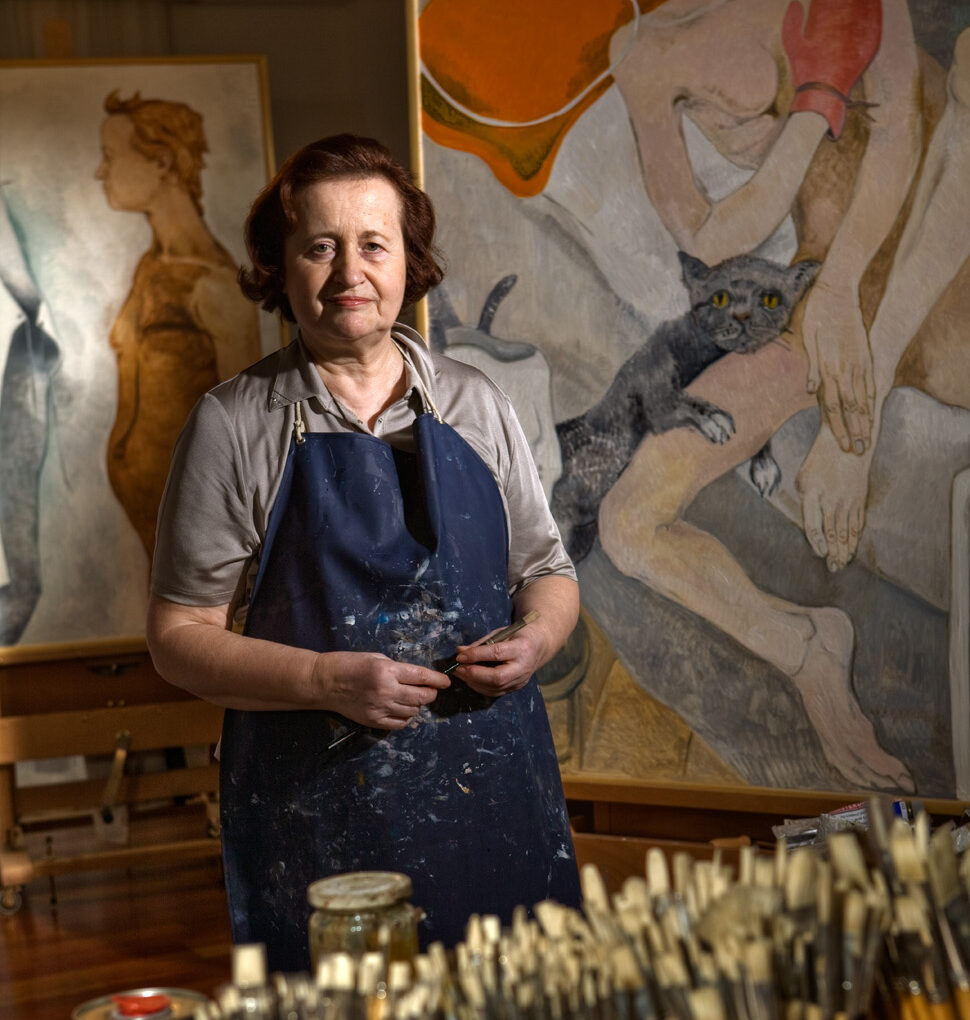
Each of them has shaped the journey of contemporary Turkish art; their voices, styles, and creative spaces come together in the pages of this book. It is not only an important reference for art audiences but also for new generations of artists entering the art world. The book gathers biographies of each artist, their approach to art, and photographs of their studios and working environments.
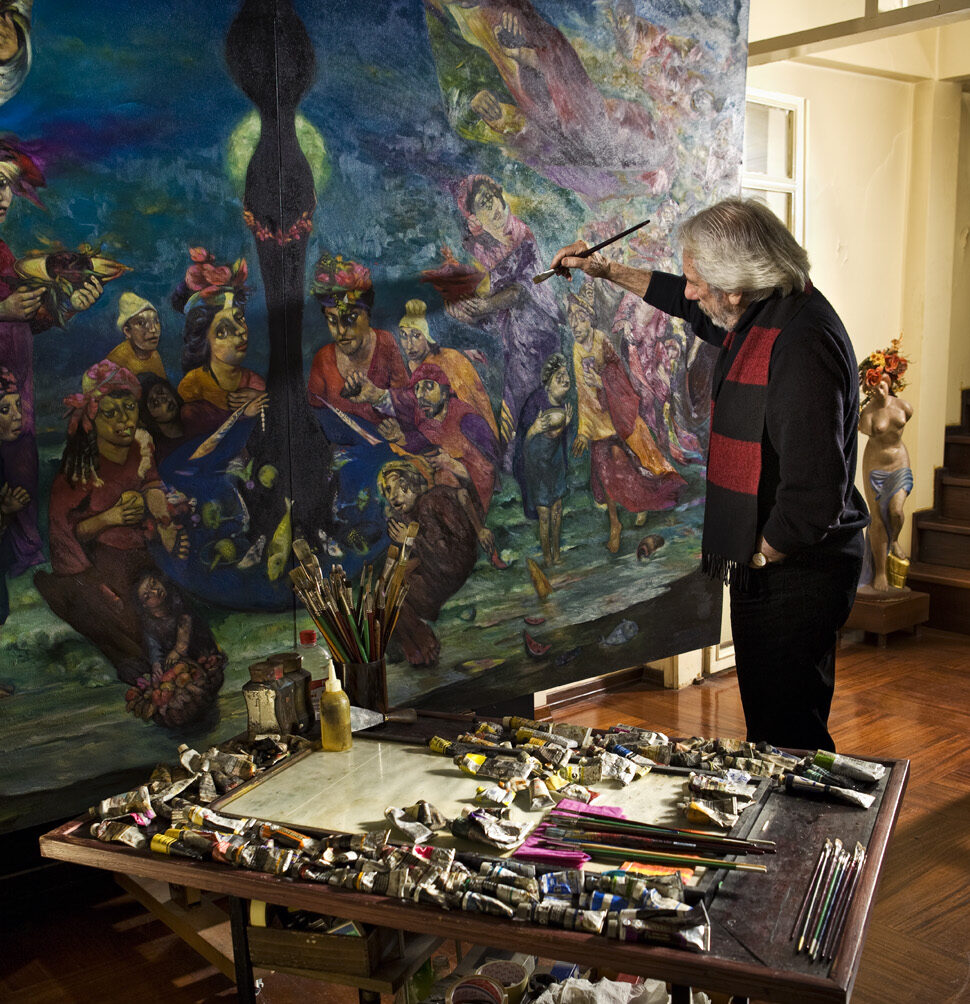
Selvin Gafuroğlu explains that the story of 50 Artists, 50 Studios, which she carried out meticulously over many years, began to take shape around 2009, when rumors spread that Istanbul would become the European Capital of Culture.
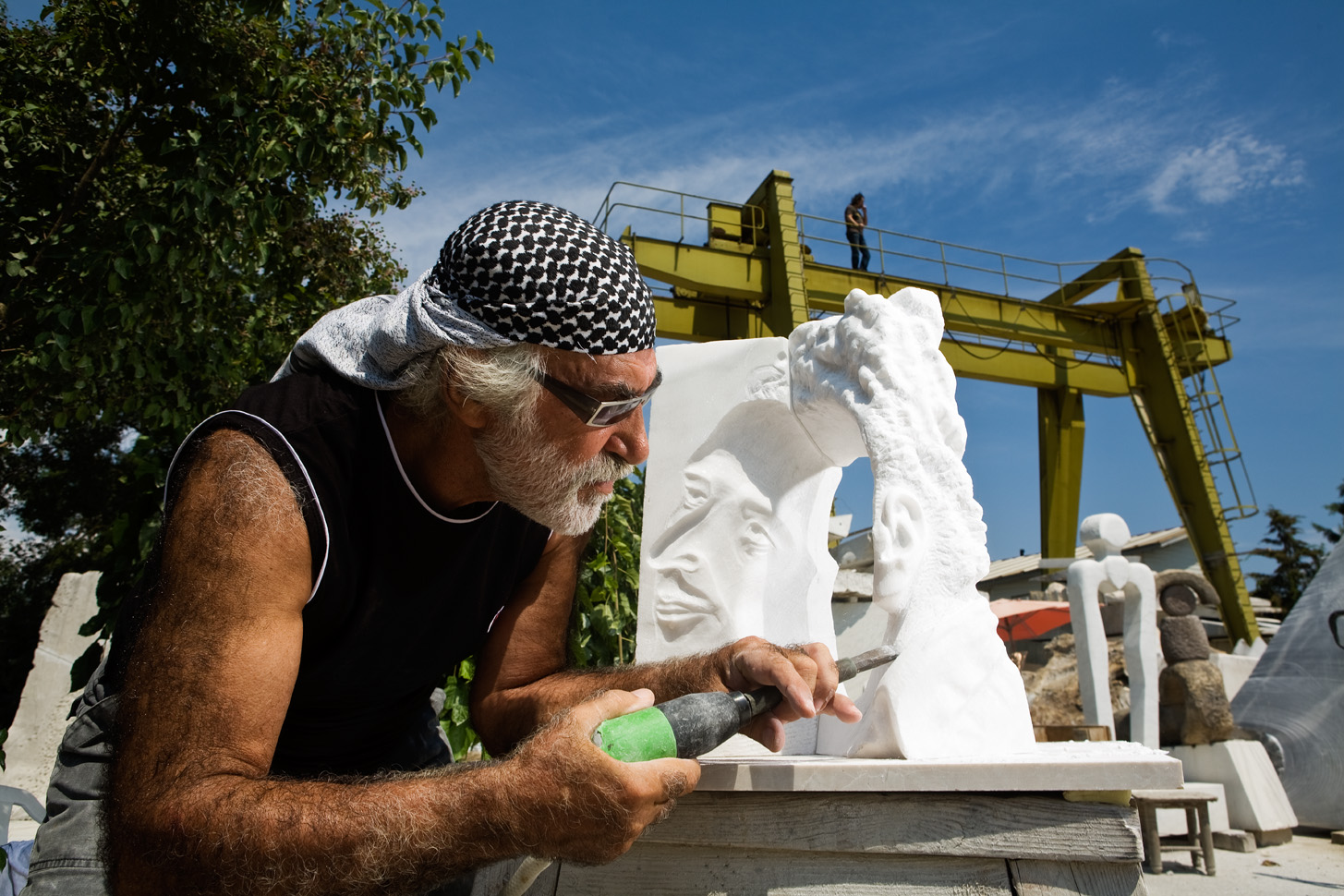
“I have always loved Istanbul. Although I was born and raised in Ankara, I always wanted to settle in Istanbul because it was the center of my work. At that time, there were open-minded and qualified people in Ankara’s art scene. I would work with Istanbul artists and bring them to exhibitions in Ankara. They would leave satisfied because Ankara has its own warmth and intimacy. It took time to convince my husband, but in 2000 I finally decided to continue in Istanbul. Since then, I have continued to work here. I realized this project with the artists living in Istanbul.”
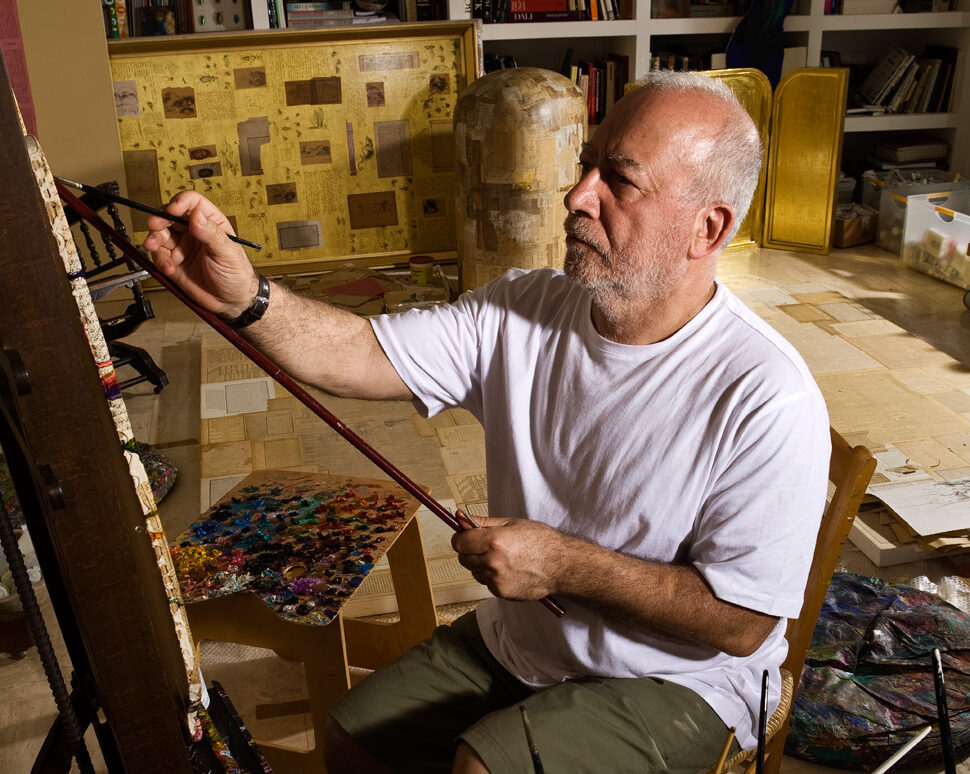
“I Have Always Been Curious About Artists’ Studios”
Gafuroğlu noticed while browsing art books abroad that many focused on artists’ studios. “I realized that everyone is curious about an artist’s working environment. I’ve always wondered: how is a work born? What is the smell, the light, the clutter of that creative space?”
She also points out an important detail: “I know these spaces are very personal. Most artists do not want to share their studios. Those doors are not easily opened.”

The journey of 50 Artists, 50 Studios began with the opening of those doors. In each studio visit, Gafuroğlu explored not only a space but also a way of life and a mode of creation. Therefore, she emphasized not just documenting the artworks but also the environments, atmospheres, and moments in which they were produced.
“Studios are highly private spaces for artists. Usually, they don’t want to let everyone in or share this special area.”
She explains how they entered the studios for the book: “With some artists, we already had strong connections; we had organized their exhibitions before, or there was a friendship even without an exhibition. With others, we approached more cautiously, but they welcomed us warmly. Some said, ‘If you’re coming, that’s fine.’ At first, some thought only a cameraman and I would come. But this was a serious production: cinema lights, lighting technicians, art director, photographer, me, and assistants—a team of eight. This surprised some: ‘Why are there so many people?’ But we convinced everyone over time. Some said, ‘Please, come in,’ others hesitated but accepted after thinking. Only one of the 50 selected artists withdrew from the project.”
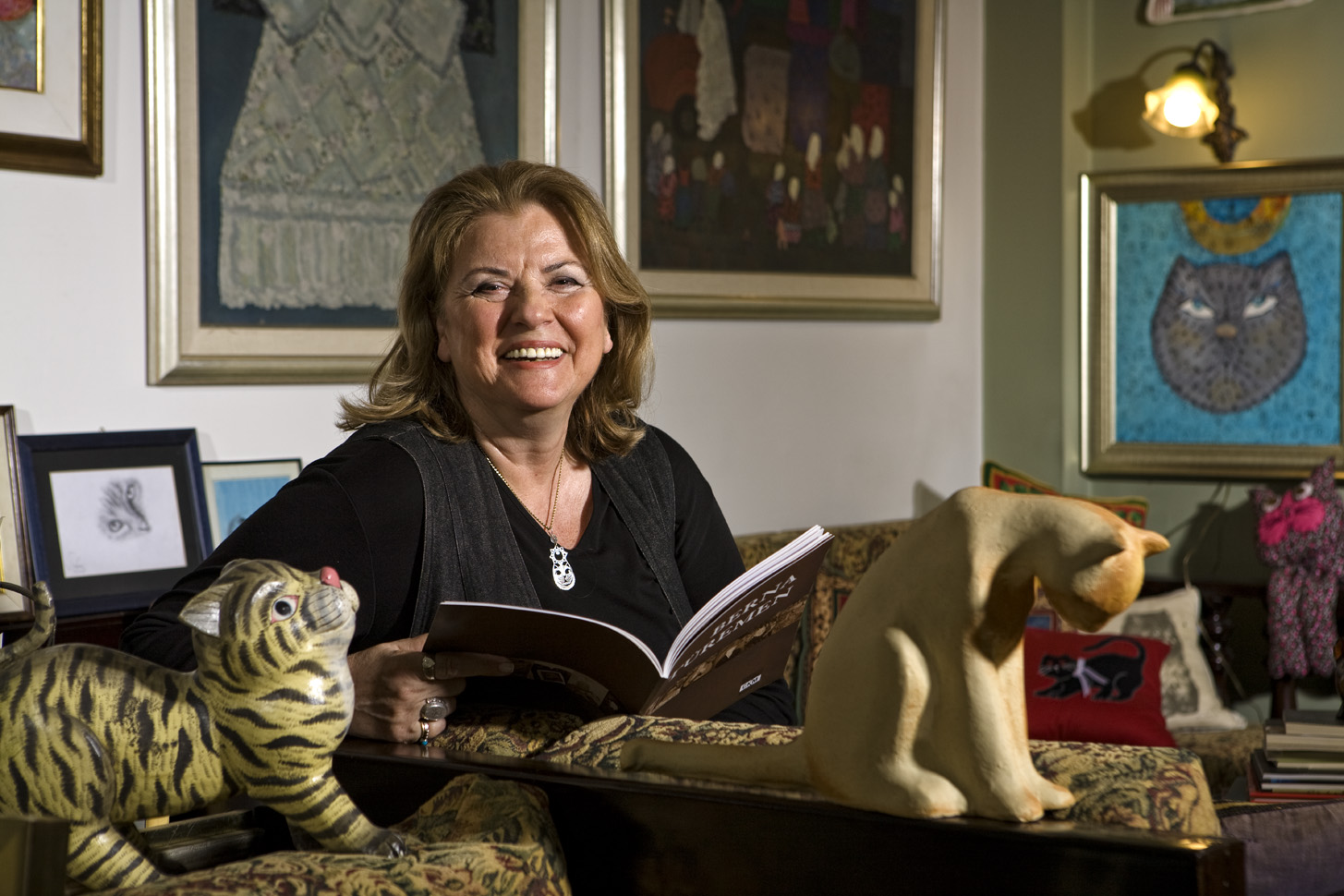
Her only exception was Ömer Uluç: “Mr. Ömer really wanted to participate, but his wife did not,” she adds.
“Seeing the Artists’ Creative Spaces Was Exciting”
Over the fifteen years of work on the book, she recalls unforgettable moments:
“This project was extremely exciting. Sometimes I thought, ‘How well do I really know this artist?’ Because a studio reflects the artist’s personality. Being in the spaces of artists I admired was very special for me. Some painted while we were there. Shooting could last from morning to evening; with some, it even took two days. One of the first artists I visited was Feridun Oral, whom I greatly admire. Others were younger but also very talented. I was so excited that I left the stove on while preparing lunch. By evening, the kitchen was all black. Luckily, we managed to save the house just in time. That cooking incident is unforgettable, but there were many wonderful moments. Technology was different then; the lights, the cameras… One day there was a power outage; another day, an artist came with a totally different request. For example, the late Mehmet Güleryüz saw his own photograph on a computer for the first time during shooting. He was so happy that he hugged the photographer and offered liqueur. These are very valuable memories.”
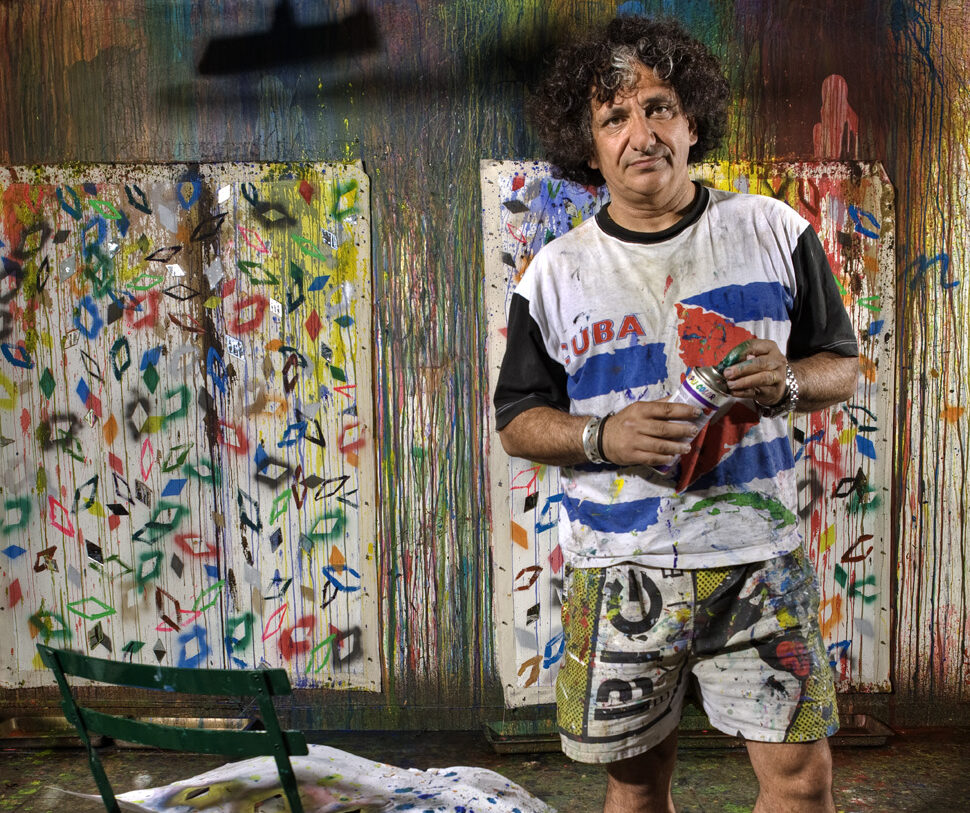
“I Still Believe in the Value of a Physical Book”
Through this fifteen-year journey, Gafuroğlu visited the studios of artists she had known for years. “This is not just an art book; it’s a testimony of an era, a memory project,” she says.
“Unfortunately, nine of our artists passed away before the book was published. In this sense, the book is not only an archive but also an act of tribute. It became a very important resource documenting the artists of the era.”

As she flips through the pages, she reflects: “We live in a digital age, but I still believe in the value of a physical book. Turning the pages and seeing the visuals up close is a unique experience. I think the book is timeless. If I were to make another one in fifty years, we would encounter a completely new generation, of course. But this book captures the spirit of this era.”
This project, which began with artists in Istanbul, is now opening doors to a new project: “We also work with artists in Kayseri, İzmir, Bursa, and I want to make a book covering them as well. It took me fifteen years to produce this first book. It was difficult, but it was worth it. The result is very precious.”
Usually, books are published after exhibitions, but in this project, the book came first. We asked if this did not make her think about an exhibition.
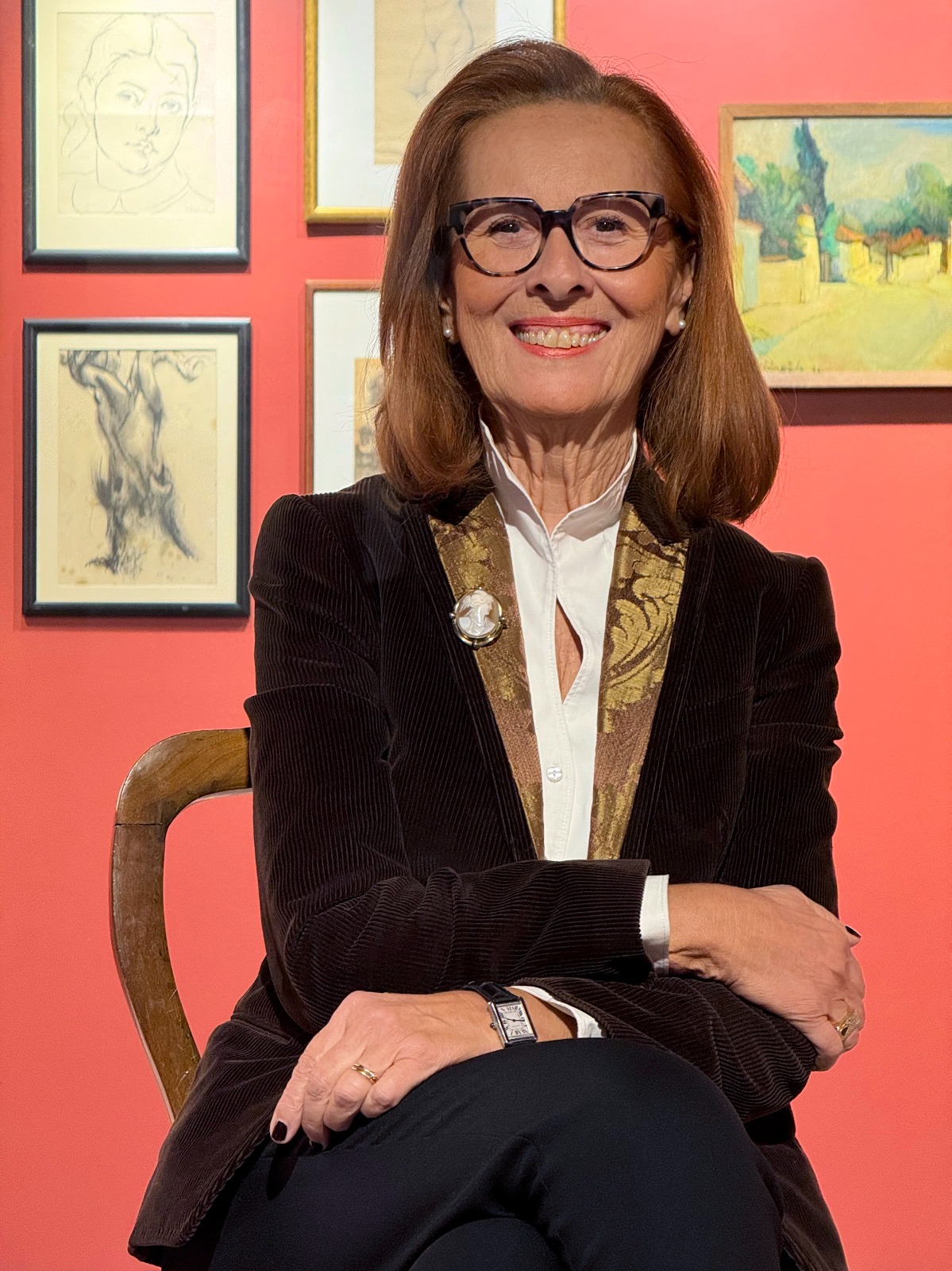
“That was the main goal. I want to transform it into an exhibition in a large space, showcasing one work per artist. Not only here but also abroad… My dream is for it to travel as a touring exhibition to major cities around the world.”
Her decision to prepare the book in both Turkish and English is explained as follows:
“Since 2015, I have been participating in international fairs such as Art New York and Art Miami. And I saw very clearly: our artists are really strong. That’s why I made the book bilingual. I wanted museums, libraries, and researchers worldwide to get to know Turkish contemporary art more closely.”

“Even the Most Spiritless Person Feels Istanbul”
At the end of our conversation, the topic turns to Istanbul:
“Istanbul is big, complex, but very nourishing. Sometimes it even affects the most spiritless person. As artists live and create here, extraordinary works emerge thanks to the city’s unique energy. I still join city tours. Every day, I discover a new detail, a new corner.”
She pauses and smiles: “My grandmother used to say in the 1970s, ‘Istanbul has lost its mind.’ But I don’t agree. Istanbul’s ‘mind’ never leaves. It is always beautiful, always special.”

